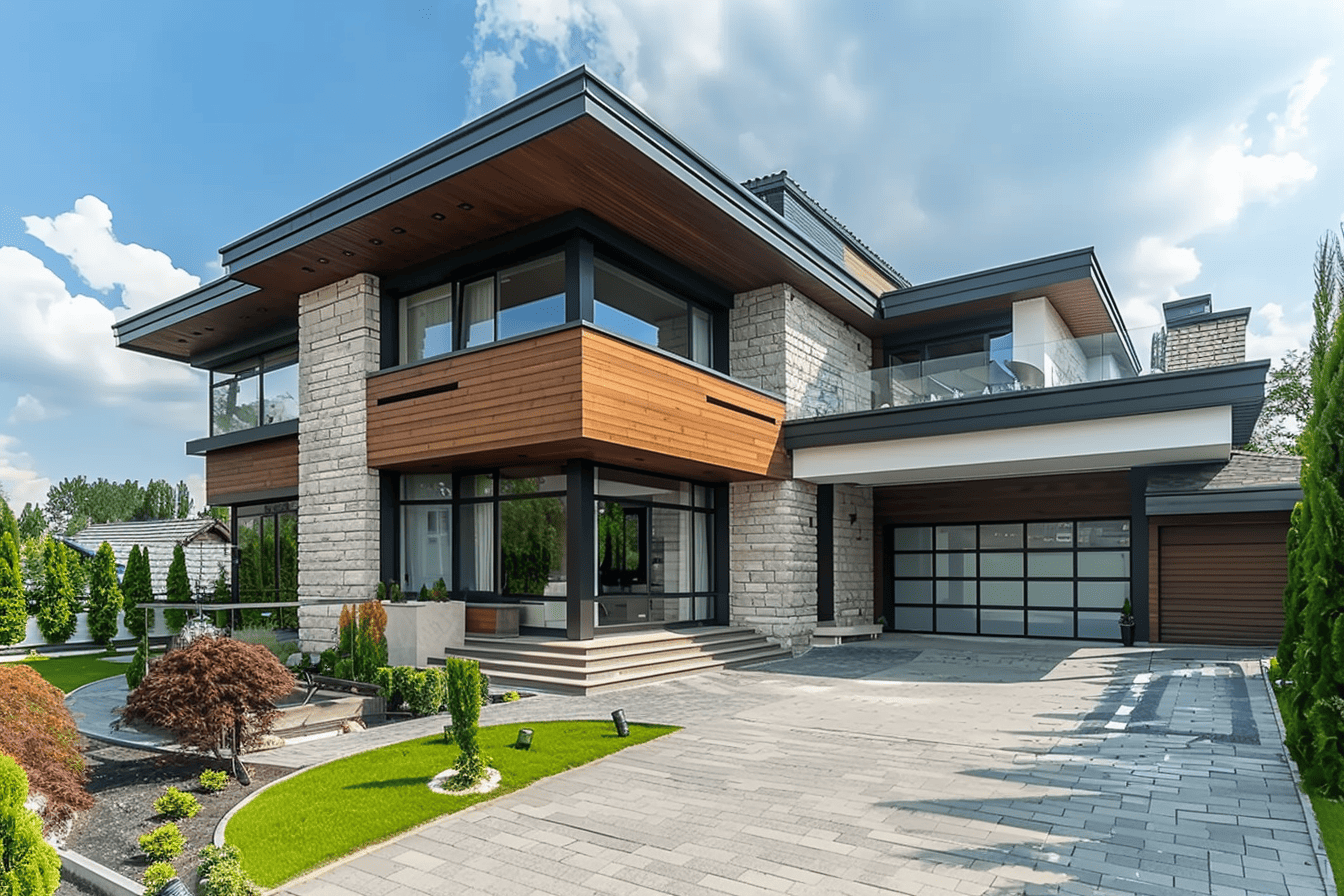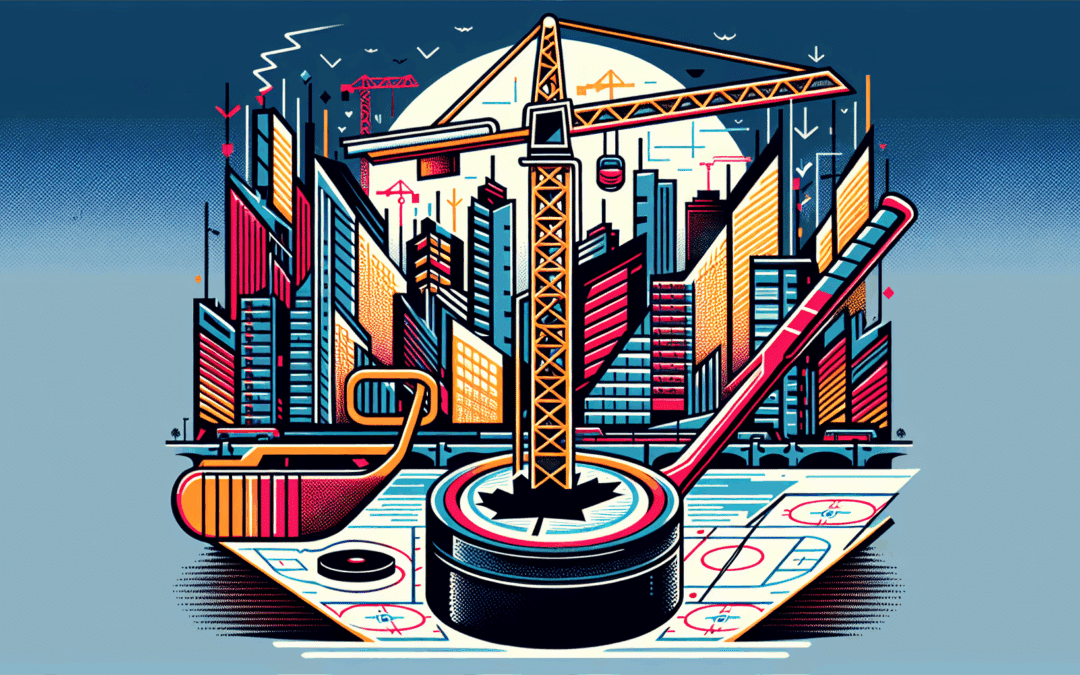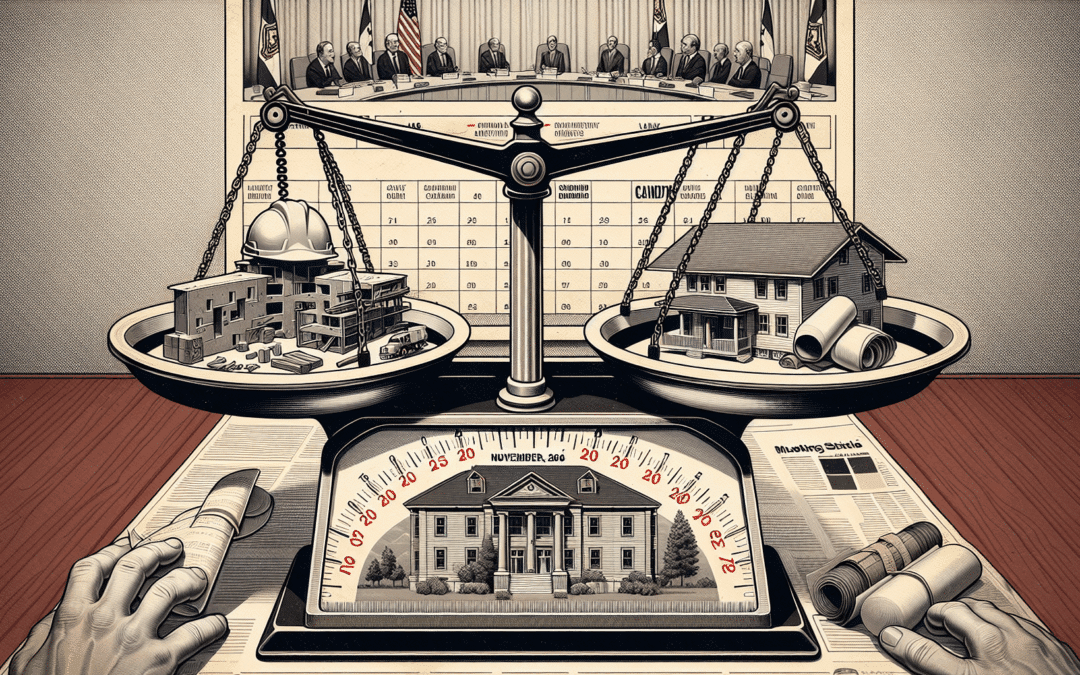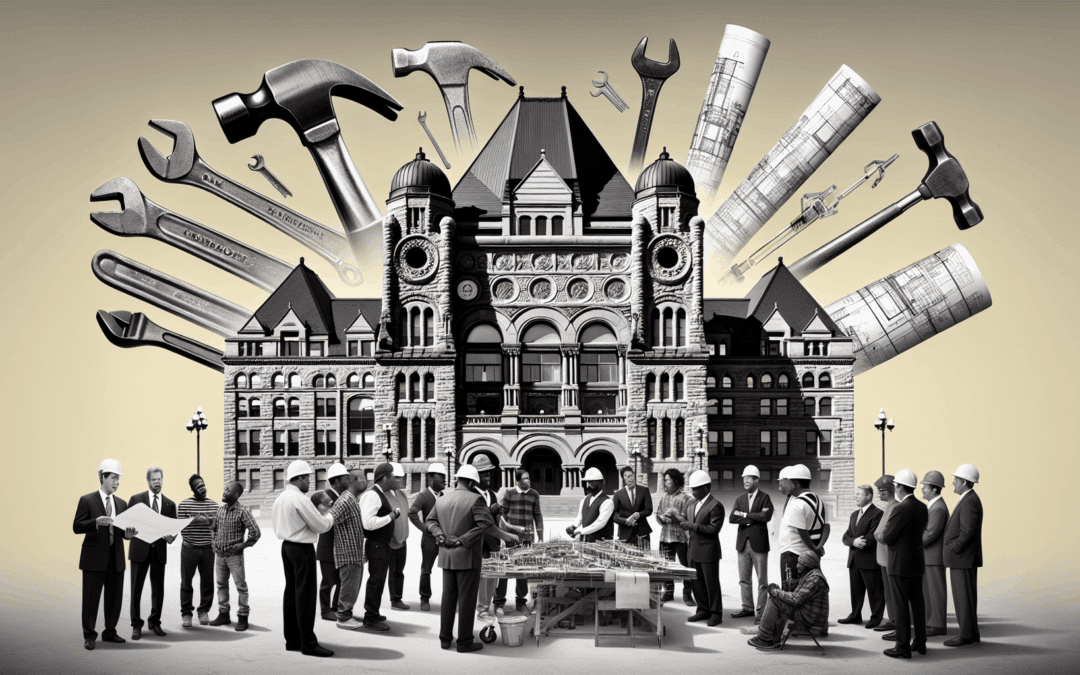Adding a 30×60 garage to your property is more than just a functional upgrade; it’s a strategic economic decision. Whether you’re transforming a piece of idle land into a profitable asset, fortifying the value of your home, or even pondering over long-term investment strategies, a garage of this size makes for a compelling addition. Let’s delve into the economics and the myriad benefits, both immediate and long-term, of such an investment.
Why Consider a 30×60 Garage?
You’ve probably noticed the growing trend of homeowners and property investors alike considering the addition of large garages. But what’s driving this trend? The reasons are multifaceted, ranging from increased storage needs to potential increments in property value. With ample space, a 30×60 garage can house multiple vehicles, provide mess-free storage for seasonal equipment, or serve as a workshop for hobbies or even a side business.
Also, let’s not forget the climate factor. In Canada, harsh winters make garage space invaluable for protecting vehicles and other assets from the elements. But beyond these immediate functional benefits, a 30×60 garage offers some substantial financial incentives.
Initial Costs and Investment
When considering the economics of adding a substantial structure like a 30×60 garage, it’s crucial to begin with the initial investment. On average, a basic 30×60 steel garage can cost anywhere from $15,000 to $30,000 depending on features, location, and labor costs. This estimate covers the materials and installation but could vary based on additional amenities or local construction rates.
A comparison worth noting is the cost of smaller but equally functional garages. For example, a 24×30 garage package might meet the needs of some homeowners at a fraction of the cost, yet offer substantial benefits. It’s worth assessing your specific requirements before making a decision.
Value Addition to Property
A 30×60 garage isn’t just an expenditure; it’s an investment that can significantly enhance your property’s value. Real estate experts commonly agree that well-constructed garages can add upwards of 13% to the total home value. This increment can vary depending on your location.
Consider Toronto, one of the most dynamic real estate markets in Canada. Property enhancements, such as adding a garage, can make your home more appealing to prospective buyers. As a resource on Investing in Toronto Real Estate might suggest, the ability to offer indoor parking in a bustling city can be a compelling selling point. Moreover, in areas with harsh winters, a garage can significantly boost the marketability of your property.
Income Generation Potential
Here’s an exciting angle: Your new 30×60 garage can also serve as a revenue generator. Renting out space for storage or to local businesses needing extra space can bring in a steady income stream. Some property owners even convert parts of their garages into micro-business hubs, setting up workshops or small manufacturing units.
Additionally, considering the ever-evolving housing market, the versatility of a big garage provides a solid hedge against market fluctuations. In periods of housing market slowdowns, having added functionalities such as rental space can help maintain your property’s financial viability.
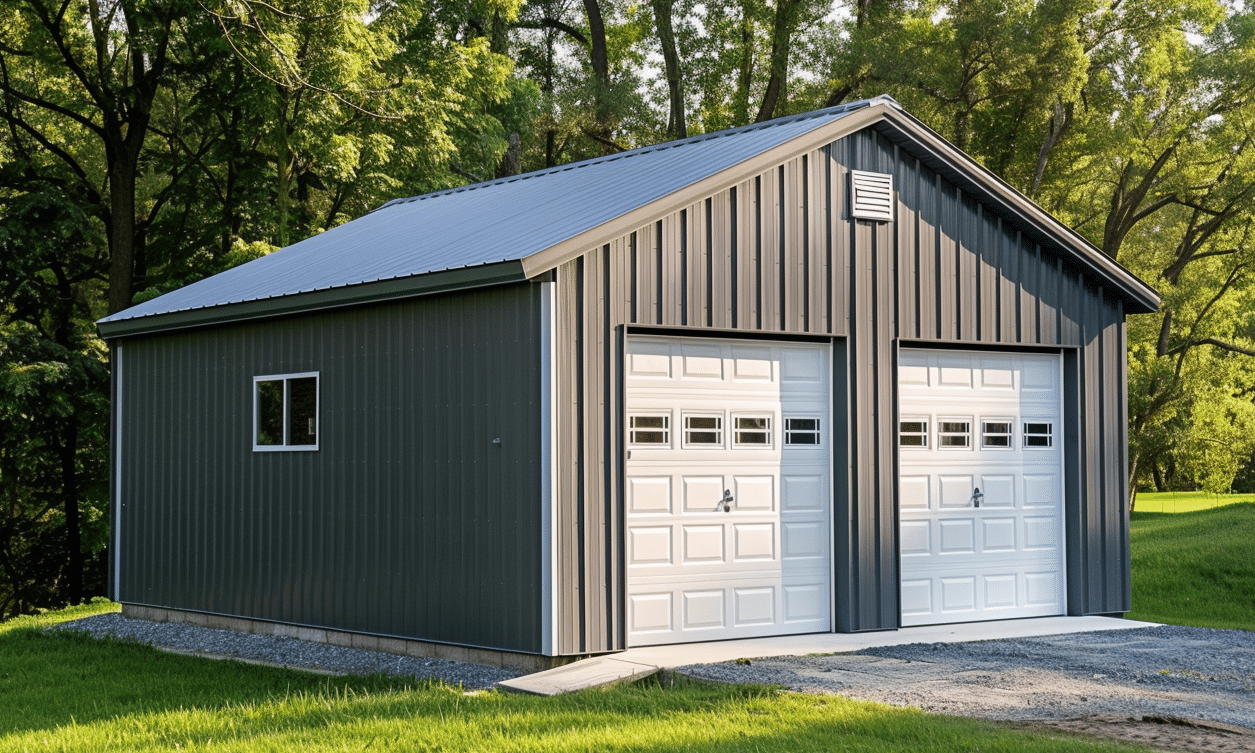
Tax Benefits and Write-offs
Did you know that your new garage could potentially lead to tax benefits? If you’re using the space for business purposes, you might be eligible for tax deductions on the portion of your property used for that business. This could mean significant savings come tax season.
Moreover, depreciation benefits can also be applicable if you’re renting out the space or using it as a significant part of a business operation. In such cases, the garage isn’t just a cost center but a tax-efficient investment. Consulting with a tax advisor can provide a clearer picture and help maximize the fiscal benefits of your new addition.
The Long-Term Investment Perspective
For those aligning their financial portfolios, expanding into real estate can be a tangible way to diversify assets. The notion of investing in physical property akin to investing in a Real estate investment trust (REIT) becomes pertinent here. While REITs offer the ability to invest in real estate portfolios without direct property management, adding a garage to your property can bring direct control and instant material benefits.
A 30×60 garage might align well with strategic financial planning, serving as both a practical enhancement today and a lucrative asset if you choose to sell or lease your property in the future.
Resilience Against Market Volatility
One of the key advantages of investing in physical structures, like a well-built garage, is their resilience against market volatility. Unlike paper investments that can fluctuate dramatically, a property improvement like a garage typically maintains or increases in value over time. This physical asset can serve as a buffer during economic downturns, offering stability and continuous utility.
Concluding Thoughts
In summary, the economics of adding a 30×60 garage to your property are inherently favorable. From immediate practical benefits to long-term financial gains, this investment offers an array of advantages. It enhances property value, provides potential tax benefits, offers income generation opportunities, and adds a layer of resilience to your financial portfolio.
If you’re pondering about expanding your property and considering the investment, the time has never been better. Making savvy choices, like opting for a well-constructed garage, can pay dividends in the years to come. Whether you’re looking to enhance your living space, boost your home’s market value, or add a reliable income stream, investing in a 30×60 garage stands out as a wise economic decision.

